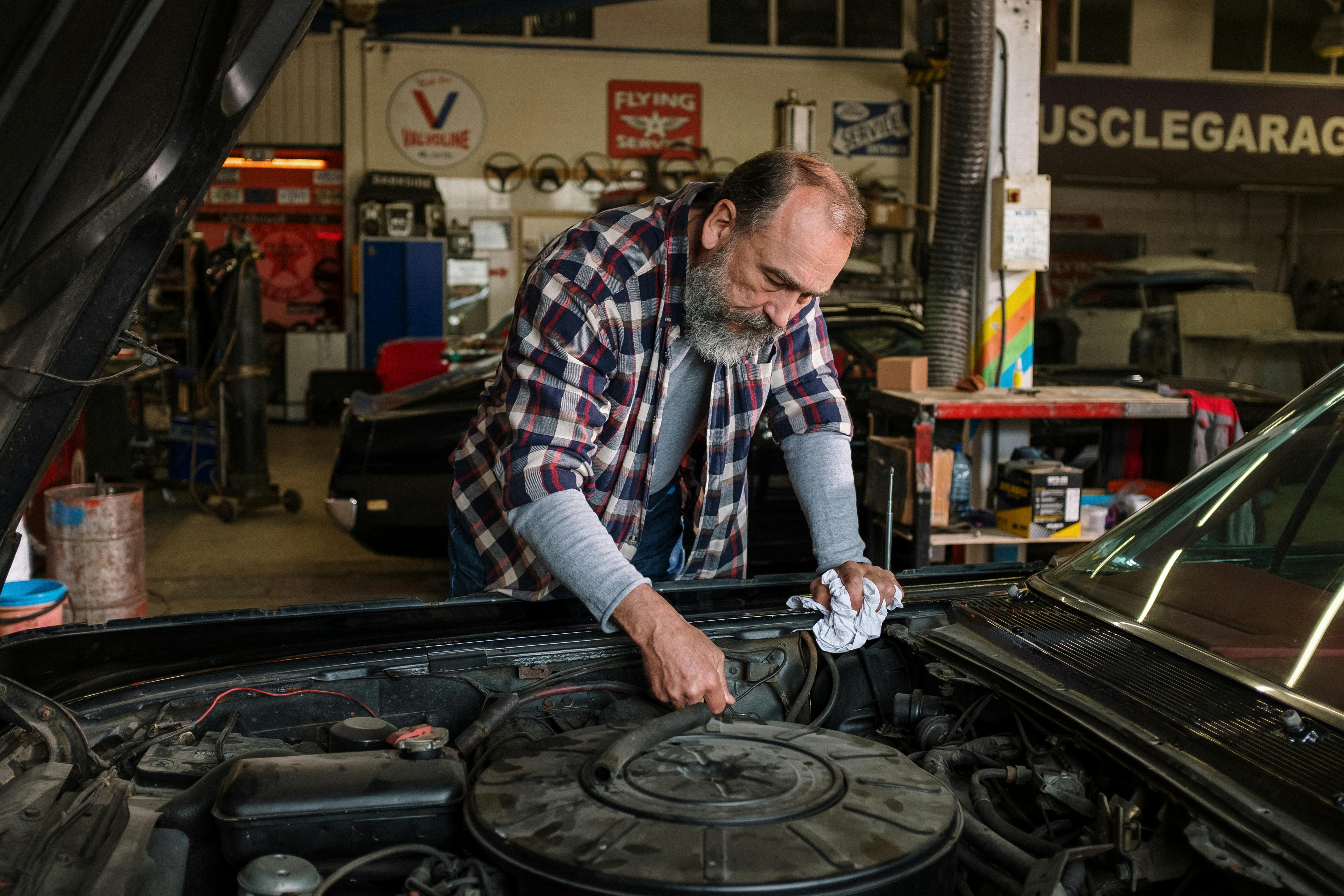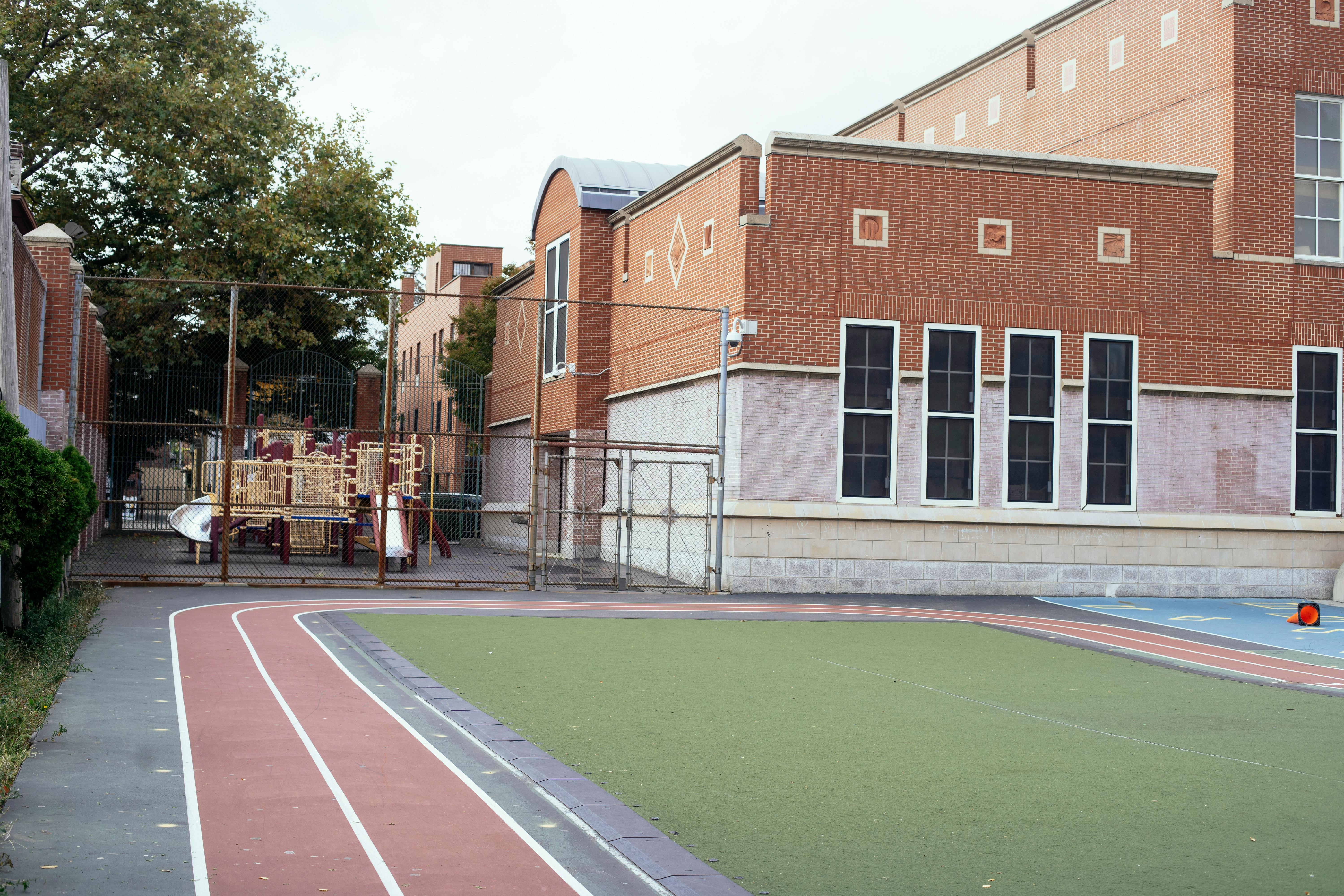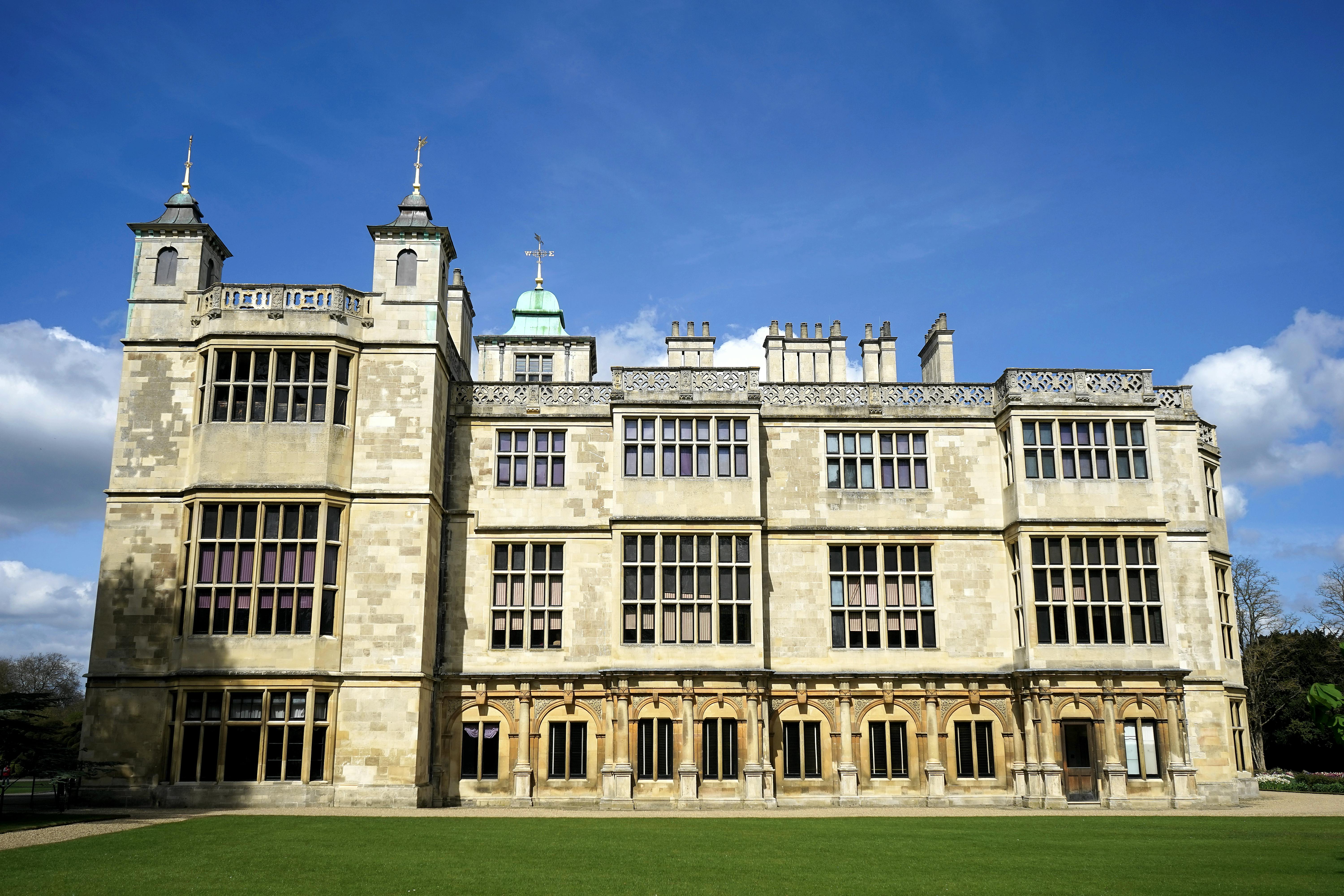
Hello from Ottawa: The Canadian Museum of Contemporary Photography
My schedule in Ottawa last weekend was very tight, but there was one place I wasn’t going to miss: the Canadian Museum of Contemporary Photography. As a person with no formal background, but with a keen interest in visual arts and photography, I have wanted to visit this museum for a long time. And my internet research revealed that the Museum is hosting a very special exhibit right now: two photographic series by Sunil Gupta, a Canadian citizen born in India, exploring themes of identity, culture, and the immigrant experience.
Let me first start with the Museum itself, a unique place in Ottawa with a long history. The Canadian Museum of Contemporary Photography began life in World War II as the National Film Board’s Museum of Still Photography. Its activities include collecting, publishing, and organizing traveling exhibitions and educational programs to further the efforts and development of Canadian photographers.
It’s a unique place in a unique location: The Museum is housed in a former Grand Trunk Railroad tunnel. It’s accessible through an above-ground entrance immediately west of the Fairmont Chateau Laurier hotel in downtown Ottawa, and an elevator takes you 2 floors from street level. As a former railway tunnel, the Museum’s unique dimensions will come as no surprise: it measures 545 feet (166 meters) long by just 56 feet (17 meters) wide. The facility looks more like a 32-story high-rise building laid on its side.
Even the construction of the Museum involved significant engineering challenges: Due to the narrowness of the site, squeezed between the Chateau Laurier on one side and the Rideau Canal on the other, construction trucks had to back up the site, moving half a mile along along a path carved into the cliff face of limestone and shale.
But he wasn’t just there to explore the gallery’s unique architectural features. The main reason for my visit was an exhibition by Sunil Gupta, whose 2 collections shed light on the immigrant experience.
Sunil Gupta was born in New Delhi in 1953 and came to Montreal with his parents at the age of 15. Over the years, he has also lived in New York City and London and recently moved back to India. He originally studied accounting, but later switched to visual arts and photography.
Until April 23, 2006, the Museum has two very personal collections of this artist. Social Security (1988) features family photos of Sunil Gupta and the words of his mother to shed light on the story of an immigrant family in Montreal. His family came from a middle-class background in India, and after moving to Canada, they had significant adjustment problems. Sunil’s father was forced to work as a security guard and the family experienced a loss of financial security and social status. This was complicated by the fact that his parents were already in their fifties at the time of the move, which made integration into Canadian culture even more difficult.
This collection of photographs illustrates the fact that their parents had traditional wishes for both Sunil and his sister, and neither child lived up to the role expectations their Indian parents had placed on them. Sunil’s sister ended up marrying an American, something the parents did not support. Sunil himself is gay and has had several long-term relationships with men, much to the chagrin of his parents. None of the children fill the role of marrying an Indian spouse and creating a traditional Indian family. As such, moving to Canada was a huge disappointment, particularly for Sunil’s father.
Incidentally, Sunil’s father died of a heart attack on a Montreal street in 1986. He was not found until several days later. One particularly poignant photograph shows Sunil’s father’s belongings, money, identification, credit cards, which were removed from his body after his death. Authorities took three days to notify the family, presumably because his father was assigned to the “immigrant” section of the morgue. No one had bothered to check his ID and call his family, even though his father had all the necessary documents on him. And his social security card had been neatly cut in half.
Sunil Gupta’s second collection of photographs, Homelands (2001 to 2003), includes large-scale diptychs that juxtapose images from his experience in the West with images from his home country of India. His exhibition explores very personal themes, such as Gupta’s homosexuality and the fact that he is HIV positive. Gupta was diagnosed with HIV in 1995.
For me, the most striking image in the collection includes Gupta in front of a mirror, completely naked, facing the camera, with a part of his image reflected right next to an image of India. My museum guide indicated that Sunil has actually commented that he lives right on that narrow line between East and West.
It seems that his cultural identity is tenuous at best and Sunil recently decided to return to India to explore his own cultural background. It is significant to mention that India does not accept homosexuality, does not offer the treatment required for AIDS patients and does not even officially recognize the existence of the disease. In addition, India is home to a large number of dangerous viruses that pose a constant threat to Sunil’s health. Even beyond that, Sunil indicated that he lives in constant fear that his medical condition will be discovered and that he will be deported from India.
Both of Sunil Gupta’s series of photographs are very personal, exposing (literally) his family members and the dynamics of an immigrant family in North America. His images use color, atmospheric influences, and juxtaposition to express symbolism and speak of a constant struggle to find his own personal, sexual, and cultural identity at the confluence of Eastern and Western cultures.
For me personally, Sunil Gupta’s autobiographical photographs were almost shocking in their frankness and directness. They discuss the cultural pressures and expectations faced by second-generation immigrants growing up in a liberal Western environment. Juxtaposed against this external environment is his traditional Eastern family background with its strict rules and role expectations, almost imposing a schizophrenic existence on his offspring.
It was quite surprising to me that Sunil Gupta recently decided to return to a country where, as a gay person with HIV, he is not accepted and speaks of his overwhelming need to reconnect with his roots.
The Canadian Museum of Photography is also currently home to another installation: Imprints: Photographs by Michel Campeau, Marlene Creates, Lorraine Gilbert, Sarah Anne Johnson and Sylvie Readmen presents 19 recent acquisitions exploring nature and its forces as they intersect with the human world. .




